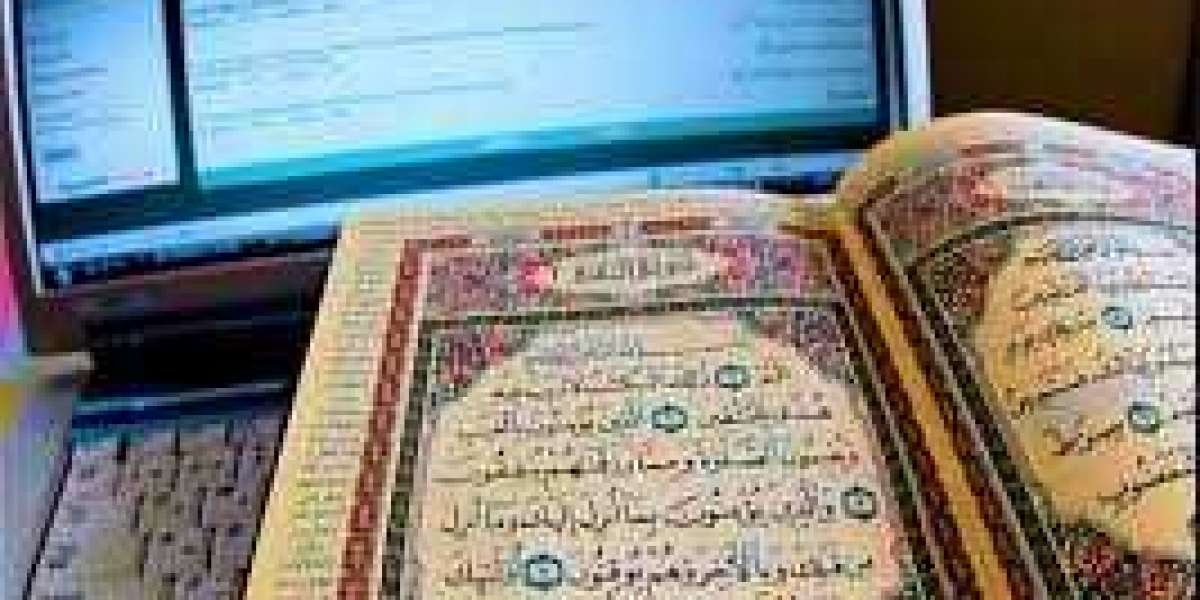Types of reading the Noble Qur’an
The scholars of Tajweed agreed on three levels of reading the Noble Qur’an. How to read the Noble Qur’an in terms of speed and slowness, taking into account the provisions of intonation, as follows:
Investigation
Language investigation: it is an exaggeration in doing something according to its right, without increasing or decreasing it, and idiomatically; It is the recitation of the Noble Qur’an with deliberation and tranquility, with contemplation of meanings and observance of the provisions of intonation, and this rank is the best of the three ranks in which the Noble Qur’an was revealed.
It is necessary to pay attention when reading the investigation to the very slow performance; which results in stretching and excessive saturation of movements; So that a letter is not generated from a vowel, such as becoming a damma wawa.
Rotation
Recirculation linguistically: it is mediation, and idiomatically: it is reading the Holy Qur’an in an intermediate state between reassurance and speed, taking into account the rulings, and it follows intonation in preference.
steep
Linguistically: it is descending, and speeding, and idiomatically: it is reading the Noble Qur’an quickly while maintaining the provisions of intonation, and the rank of hudur is only suitable for the skilled and proficient reader, and it is feared that the rank of hudur will mingle the letters with each other and distort the meaning.
Types of Quran readings
Scholars have agreed on the definition of the science of readings as: “The science by which the method of pronouncing the Qur’anic words and the way to perform them is known in agreement and disagreement with attributing each aspect to its transmitter.”
The scholars of readings have agreed on defining the pillars of the correct reading as: “Every reading agrees with Arabic, even if it is a part, and agrees with the drawing of one of the Qur’an even if it is possible, and the frequency of its chain of transmission.”
The readings of the Noble Qur’an are divided into several types, as follows:
Frequent reading
It is the reading in which the three pillars of the validity of the reading are combined. It is the agreement of the language of the readings, even if it is in the face, and the agreement of one of the Ottoman Qur’anic copies
even if it is possible, and the proof of its chain of transmission; And the majority of scholars stipulate frequent tawatur in it. That is, what was reported by a large group of people whose collusion is impossible to lie.
This reading includes the ten frequent readings, which are:
The reading of Abdullah bin Katheer Al-Dari Al-Makki, and it was narrated by Qunbul and Ibn Al-Bazzi.
Hamza bin Habib Al-Zayat Al-Kufi read, and Khallad bin Khalid narrated from him, and Khalaf bin Hisham.
The reading of Abdullah bin Amer Al-Yahsabi Al-Shami, and Hisham and Ibn Dhakwan narrated from him.
Reading of Ya`qub bin Ishaq Al-Hadrami Al-Basri, and Ka`b bin Ibrahim and Muhammad bin Al-Mutawakil narrated from him.
Asim bin Abi Al-Nujud Al-Asadi Al-Kufi read, and Hafs and Shu’bah narrated from him.
The reading of Abi Jaafar Yazid bin Al-Qaqa’ Al-Madani, and Nafi’ and Suleiman narrated from him.
READ MORE:








